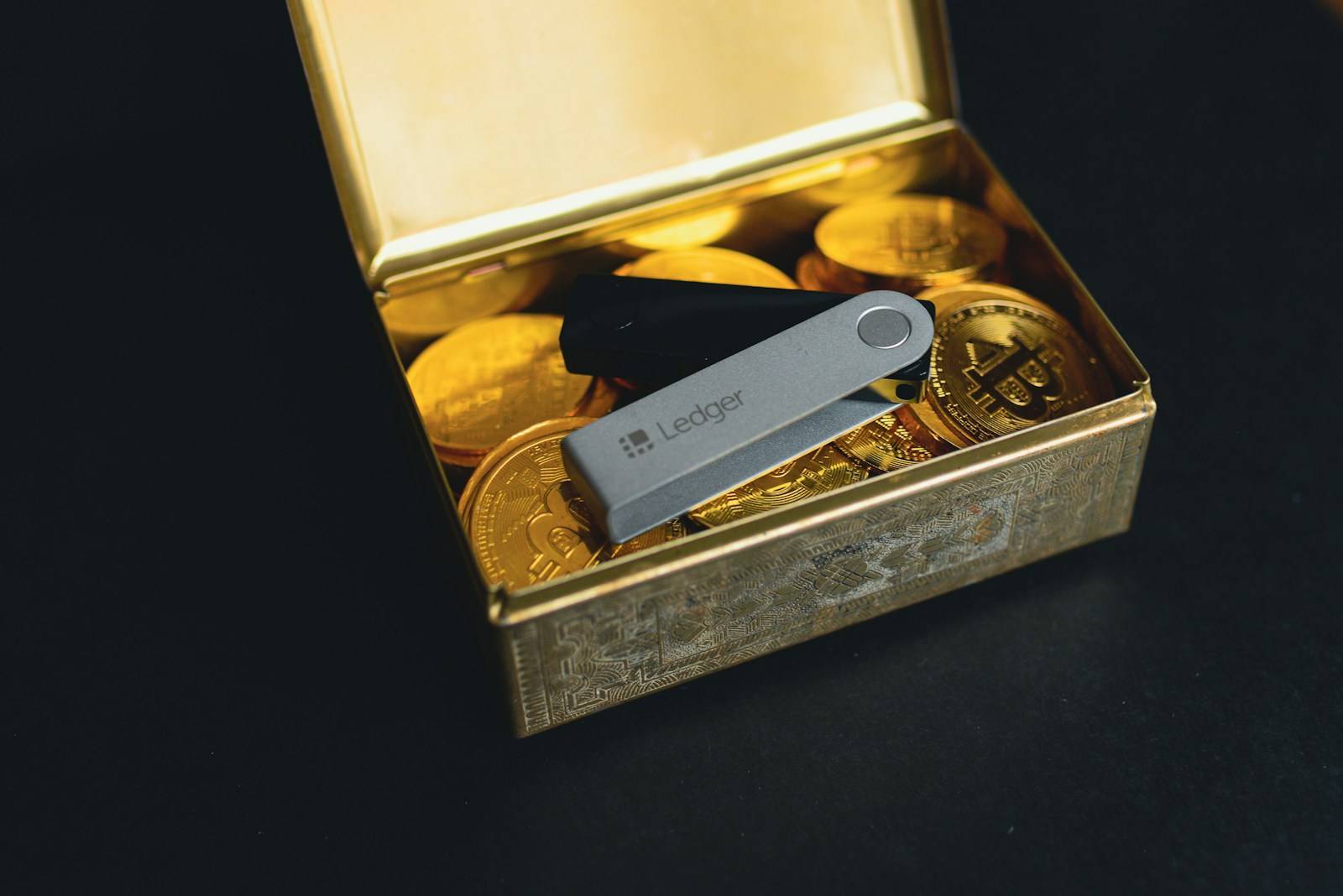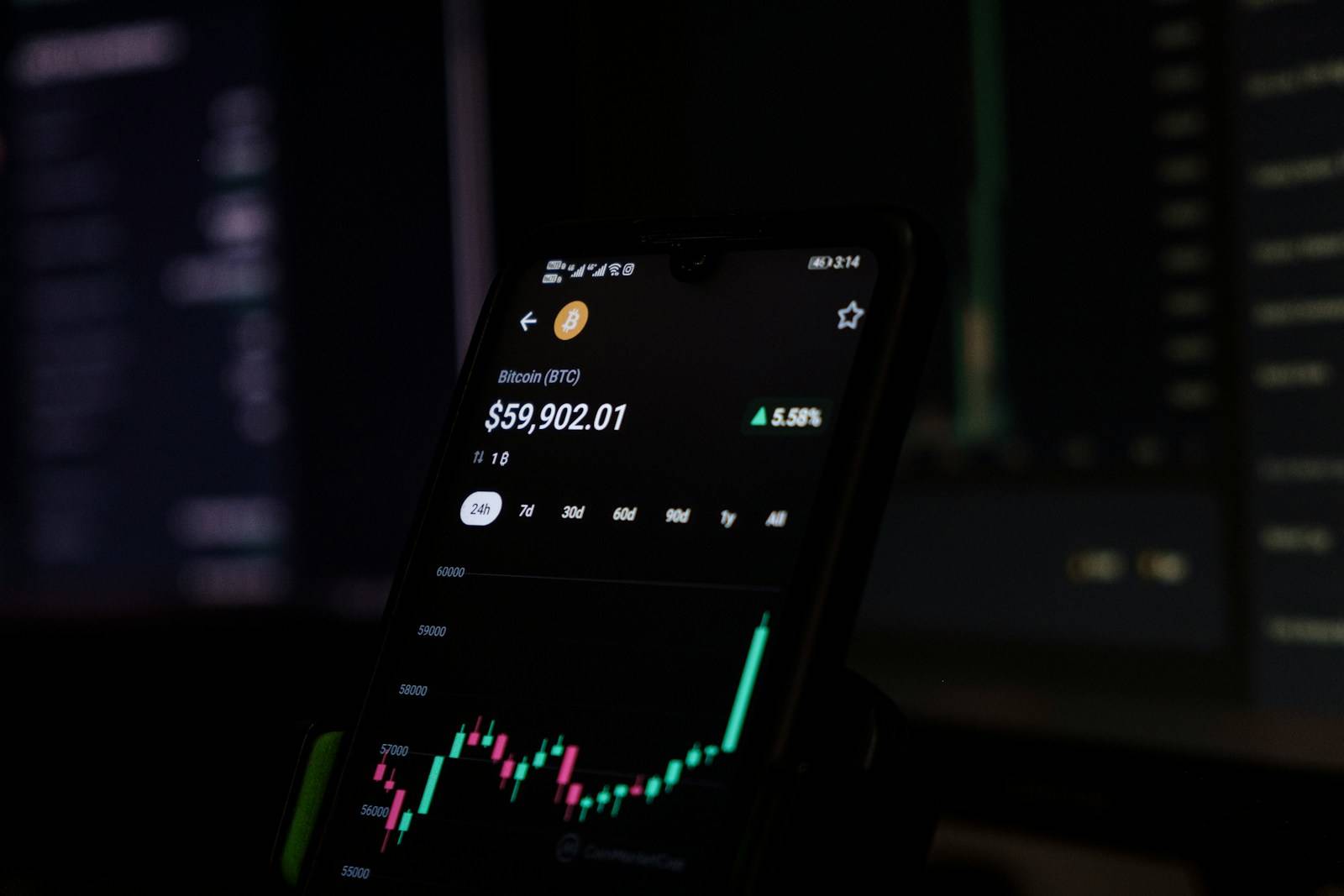Introduction
Owning any kind of cryptocurrency has great responsibility coming with it. Unlike traditional banking, where already established measures to protect your asset are put into place, crypto security rests completely in your hands. Without due care, your digital assets will be lost by some hackers or scams, not to mention quite simple mistakes.
This guide walks you through those essential security practices that will ensure your crypto safety from theft and other cyber attacks.
Why Is Crypto Security Important?
The Irreversible Nature of Crypto Transactions
Cryptocurrency transactions are irreversible, and once the funds have been forwarded, they cannot be retrieved unless the recipient decides to return them. That is why security is very important, as mistakes or hacks may lead to permanent loss.
Increasing Cyber Threats in the Crypto Space
With the rise of digital assets, hackers and scammers have also become more sophisticated. Some of the common threats include:
Phishing attacks: fake emails or websites urge users to share private keys with them.
Exchange hacks: Such centralized platforms tend to be among the major objects of cyber attacks.
Malware and keyloggers: any malware could snatch login credentials in general.
Crypto Security Best Practices
- Secure Wallets
Types of Crypto Wallets
Hot Wallets (Online)
Convenient but highly susceptible to being hacked.
Examples are mobile, desktop, and web wallets.
Suited best for small, frequent transactions.
Cold Wallets (Offline)
They are not online, thus entirely resistant to virtual attacks.
Hardware wallets and paper wallets.
Long-term storage of cryptocurrencies is better in this wallet.
Choosing a Secure Wallet
Go for good wallets like Ledger, Trezor, MetaMask, or Trust Wallet.
Always download wallets from an official source.
Update your wallet software regularly because updating fixes the security gaps within it.
- Secure Your Private Keys and Seed Phrases
What Is a Private Key and a Seed Phrase?
A private key is a unique alphanumeric code that enables access to your crypto funds.
A seed phrase, otherwise known as a recovery phrase, is a set of 12-24 words that one is able to recover a wallet in case it gets lost.
Best Practices for Key Security
Never share your private key or seed phrase with anyone.
Write down your seed phrase and store it in multiple secure locations.
Do not store keys digitally such as on cloud services or in unencrypted files.
- Enable Two-Factor Authentication (2FA)
Why 2FA Is Crucial
2FA basically means confirming your login or transactions with a second code in addition to your password.
Best 2FA Practices
Use Google Authenticator or Authy instead of SMS-based 2FA.
Never store backup codes on your phone or email.
Enable 2FA for all crypto-related accounts, including both exchanges and wallets.
- Beware of Phishing Scams
How Phishing Works
Scammers create similar websites or emails that resemble real ones to get users to input their credentials or private keys.
How to Avoid Phishing Attacks
Always check website URLs before logging into them.
Avoid clicking on links coming from unsolicited emails or messages.
Never enter your private key into any website.
- Use Secure Internet and Devices
Avoid Using Public Wi-Fi for Crypto Transactions
Public Wi-Fi networks are mostly insecure and thus vulnerable to being targeted by hackers.
Access crypto platforms through a VPN from an unknown network.
Secure Your Devices
Install antivirus and anti-malware.
Keep your operating system and applications up to date.
Never download strange files or applications.
- Store Crypto on Reputable Exchanges
How to Choose a Secure Exchange
Research into exchanges with high security, such as Binance, Coinbase, Kraken, Bitstamp, etc.
Enable all the security functions: the withdrawal whitelist and anti-phishing code.
Avoid holding too much crypto on exchanges for long.
- Keep Regular Checks on Your Accounts
Track Your Transactions
Regularly go through wallet activity to search for any unauthorized transactions.
Enable notifications in case of any activity on the accounts.
Use Block Explorers
Websites like Etherscan for Ethereum or Blockchain.com for Bitcoin can help track on-chain transactions.
- Backup and Have a Recovery Plan
Why You Need a Backup
In the case of your wallet getting destroyed because of device failure, theft, or accidental deletion, it becomes very important that you have a recovery plan in place.
Backup Essentials
Store multiple copies of your seed phrase in secure locations.
Use hardware wallets for critical funds.
Share backup instructions with a trusted family member in an emergency scenario.
Key Takeaways
Crypto transactions are irreversible, and therefore, security should be treated as the number one priority.
Store long-term in more secure wallets and preferably using hardware wallets.
Never share private keys or seed phrases.
Enable 2FA on all accounts related to crypto for added protection.
Be wary of possible phishing attacks, with special attention to website URLs.
Keep your device secure and consider adding another security layer using a VPN.
Transaction monitoring regularly-a recovery plan handy.
Conclusion
Securing cryptocurrency does not necessarily have to be complex, though it does demand one to be vigilant. When you act by these best practices, you shield your digital asset from thieves of cryptocurrencies and cybersecurity threats.
How do you protect your crypto from unwanted attacks? Please share them in the comment section!


